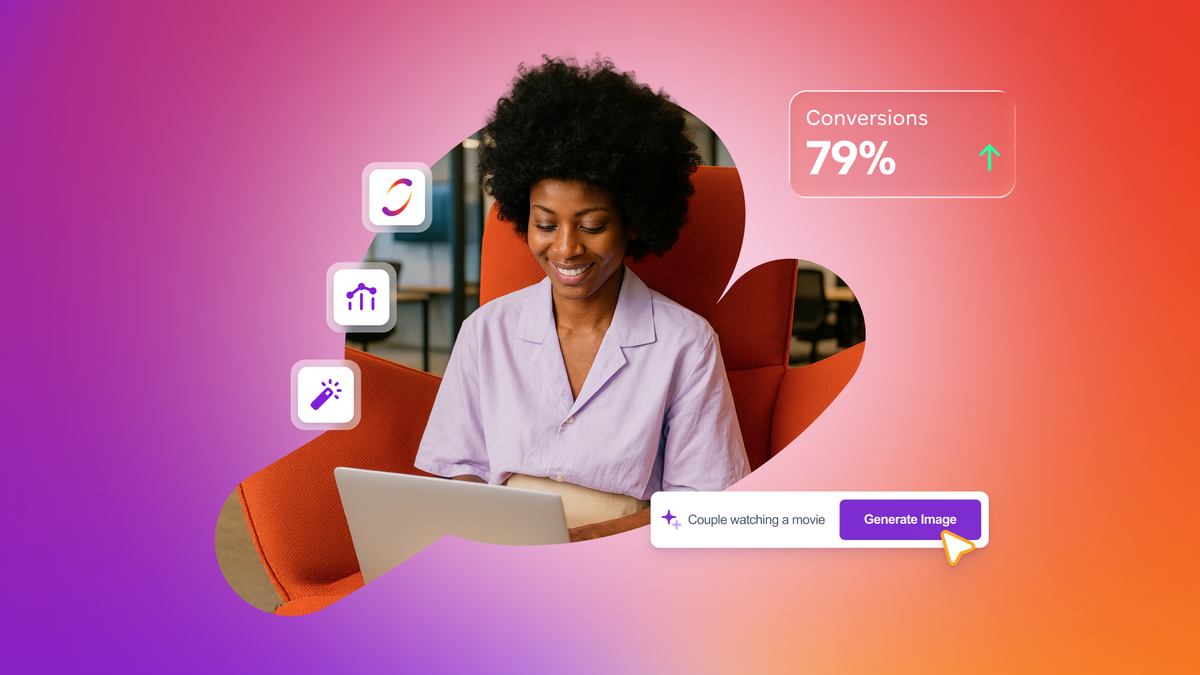9 Tips and Tricks for Email Deliverability
Published on September 02, 2021/Last edited on September 02, 2021/6 min read


Alison Gootee
Compliance and Deliverability Enablement Principal II, BrazeEven the perfect email marketing campaign can't truly drive results if it doesn't make it to your subscribers' inboxes. That's why ensuring email deliverability is key to taking full advantage of what's otherwise known as one of the highest-ROI marketing channels out there.
To learn how to achieve strong email deliverability, let's dive into these nine top tips shared by experts in our Braze Bonfire Masterclass all about this critical customer engagement topic.
#1: Know What Deliverability Means and What a Healthy Deliverability Rate Is
When we say that a brand has good deliverability, we mean that their emails are reaching subscribers' inboxes, and not going straight to spam.
Most email service providers (ESPs), including Braze, tell brands what their delivery rate is—that is what percentage of emails are successfully delivered and do not bounce. Healthy senders with strong reputations and proper list collection methods can expect to achieve a delivery rate of over 99%.
#2: Make Sure Your Email Collection and Management Process Is Explicit and Transparent
Nearly every deliverability problem can be traced back to the ways in which brands collect permission or maintain their email subscriber lists.
If you want your emails to not only land in your customers' inboxes (as opposed to spam folders) and generate strong engagement, you need to make sure that your approach to gathering customers’ permission before you send email marketing campaigns is explicit and transparent. That means making sure subscribers have a clear choice when they're signing up for your emails and that they have control of what type of messaging they receive.
Beyond that, you also should also monitor your email marketing engagement metrics on an ongoing basis, remove inactive subscribers, and offer a clear exit strategy for recipients who are no longer interested in hearing from you.
#3: Move Beyond Email Opens and Prioritize Clicks
As consumers push for greater privacy protections, brands that send email marketing campaigns stand to lose some of the data they've historically relied on to measure email engagement. In fact, Apple has recently announced an update that may potentially have a huge impact on the ability to accurately track email open rates. That means it's time to prioritize email engagement metrics that go beyond opens, with calls-to-action and resulting click-through rates becoming the new primary benchmarks of success.
Compelling subject lines won't cut it anymore—without also presenting meaningful content inside for readers to engage with, you could see your deliverability decline. More than ever, senders will now need to double down on creating campaigns that encourage subscribers to interact and click.
#4: Beware of "Subscription Bombing"—and Avoid the Consequences by Using Recaptcha and a Honeypot to Secure Your Signup Forms
If you're collecting subscriber addresses through a simple signup form, you're at risk of "subscription bombing." That is when identity thieves use fraudulent scripts to flood the signup forms commonly used as part of many brands' email marketing subscription process using addresses most likely scraped from the web. Identity thieves often do this in an attempt to overwhelm victims' inboxes with unwanted email to the point that they become so full of spam that they miss any important emails alerting them that fraudulent activity has been detected.
What happens next is not great for victims nor the brands that are collateral damage in this process: Typically the recipients of these unwanted emails mark them as spam or delete them without engaging. In turn, ESPs interpret these negative engagement signals as signs that the sender is a spammer. Through no real fault of their own, brands can see their reputation take a hit, all due to unwittingly becoming a spammer at the hands of these subscription bombers.
The best way to avoid becoming inadvertently involved in this type of unfortunate scenario is to secure your signup forms using a reCAPTCHA and honeypot.
#5: Craft a Welcome Message or Series to Foster Long-Term Engagement
Whenever a new subscriber joins your mailing list, they should receive their first message from your brand fairly quickly for the highest engagement. We recommend that this first welcome email is a double opt-in confirmation email.
Even if you're not asking recipients to click to confirm their subscription, encouraging them to interact via some sort of action can still help build and maintain a strong sending reputation.
#6: Avoid Using a "No Reply" Email Address
Direct replies to emails are a signal that a subscriber is engaged, so it's a best practice not to use a "no reply" email address—one that prevents users from directly emailing your company—after all, nurturing connections with customers requires back-and-forth, and telling people you can contact them but they can't contact you doesn't quite say "relationship."
At the very least, even if you decide to use a no-reply email address, you should do your best to make it easy for subscribers to send your organization a message using another method or channel.
#7: Set Up an Auto-Reply to Direct Users to the Right Channel
If you're concerned about the volume of replies you might receive if you avoid using a no-reply address, you can set up an auto-reply to send every time a subscriber responds to one of your campaigns. This message can help direct subscribers to the right place, whether that's a submission form on your website or the customer support team. That way you can give your subscribers the chance to contact your organization without necessarily needing a live person to monitor every response.
#8: Monitor Bounces and Spam Complaints
Keep a close eye on your email program’s negative KPIs. An increase in bounces and spam complaints can be a precursor to spam folder placement, and declining opens may mean you’re already there.
#9: Use This Deliverability Self-Assessment
If you're troubled by some of your email engagement performance metrics and wondering if deliverability is an issue, ask yourself these questions:
- Do people opt in voluntarily to receive your emails or are they forced?
- Are you taking the time to sunset disengaged users?
- Are you sending content that's aligned with customer expectations and what you said you would send during the sign-up process?
- Are you checking for—and seeing—signs of trouble, like bounces or spam complaints?
Exploring these areas can help illuminate the root cause of deliverability issues.
Discover the Latest Customer Engagement Best Practices by Joining Braze Bonfire
The virtual Braze Bonfire Slack community is made up of thousands of Braze users from all over the world. You're invited to join in and get started asking your most pressing questions, sharing your ideas, and growing your professional network. Sign up today to become a member and find out about future Masterclass sessions led by our experts here at Braze as well as other exciting opportunities to learn, advance, and connect with the wider community of customer engagement professionals.
Related Tags
Releated Content
View the Blog
Are you AI-savvy enough to survive? A wake-up call for CMOs

Team Braze

What are contextual bandits? The AI behind smarter, real-time personalization

Team Braze

What is a multi-armed bandit? Smarter experimentation for real-time marketing
